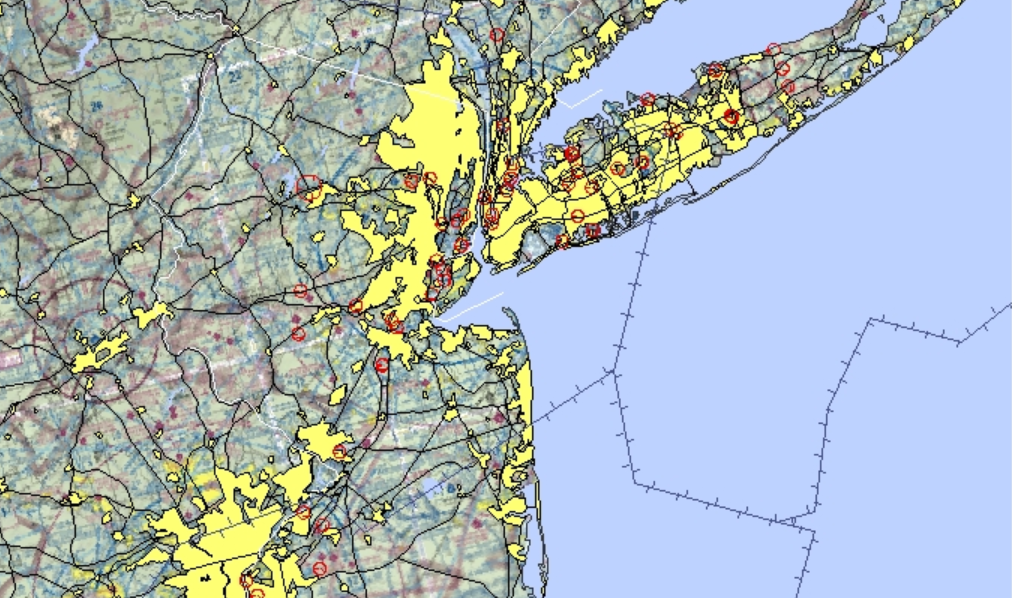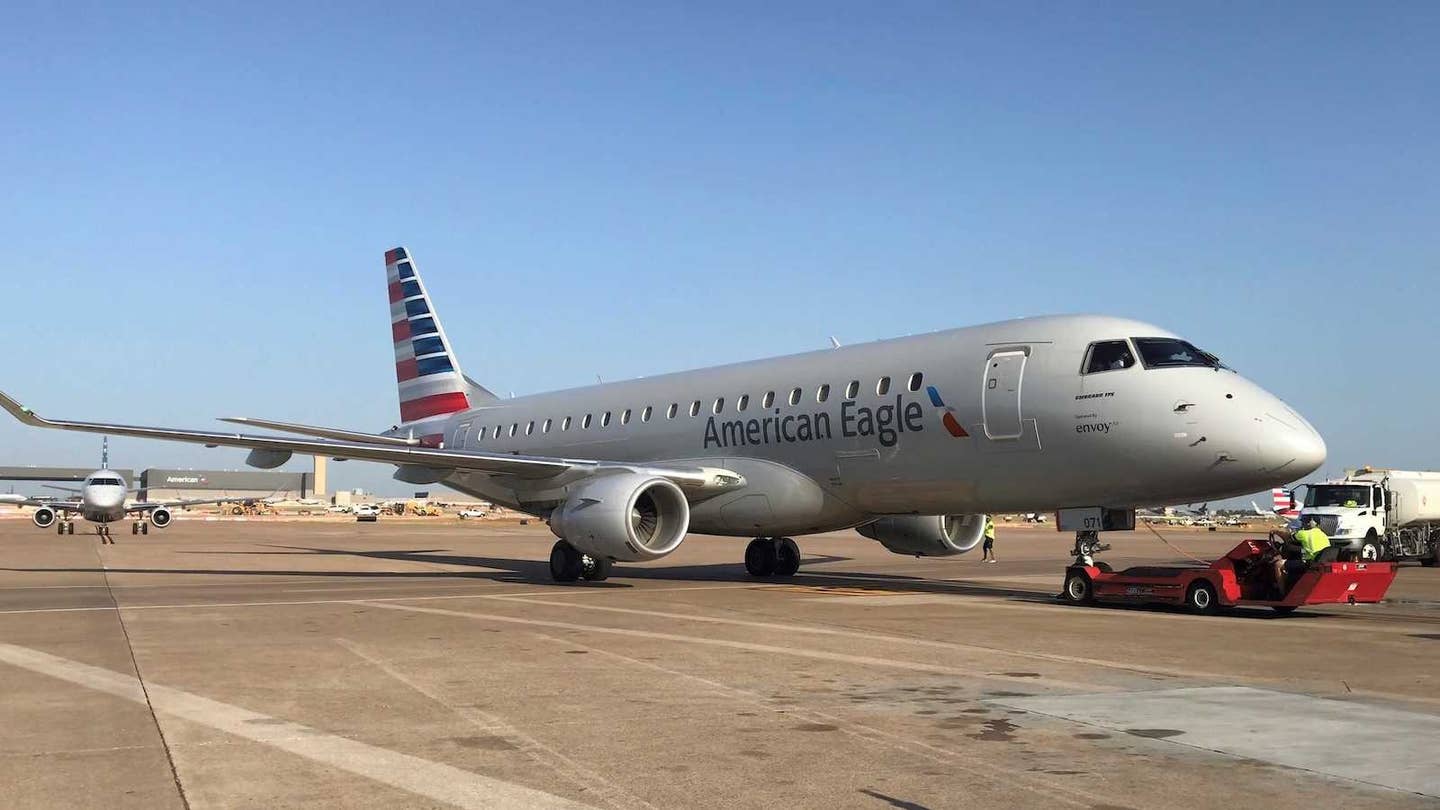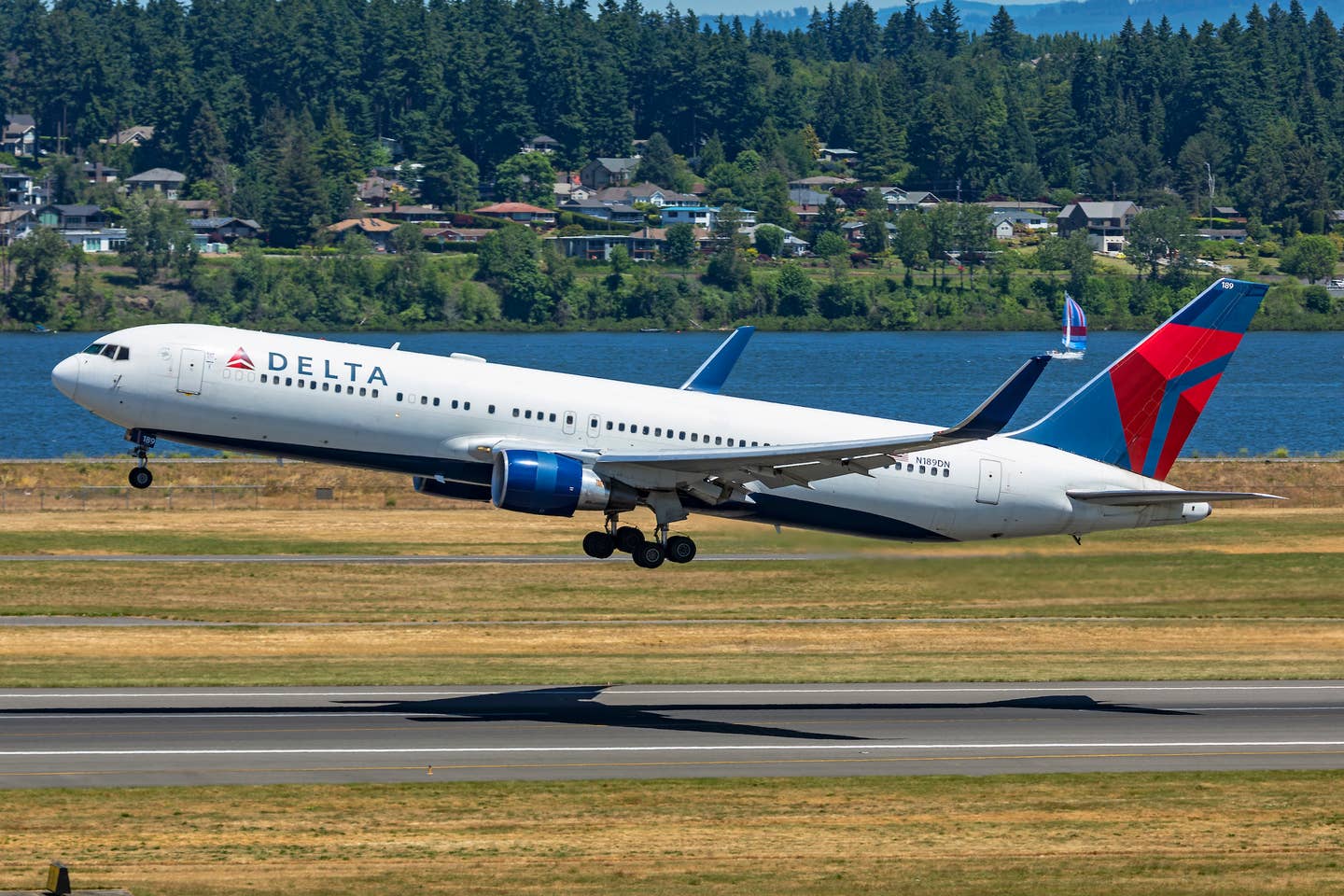
Air France 447 black box BEA
(August 2011) After the nearly miraculous** retrieval of the black boxes** from Air France Flight 447, the Airbus A330 that disappeared in the mid-Atlantic in May 2009 with 228 souls aboard, it quickly became apparent that the events that led to the crash, until then magnified by the lens of mystery — a monster storm? a freak structural failure? a runaway computer? — had been quite mundane. Basically, what happened was that the autopilot had turned control of the airplane over to the pilot, who first stalled it and then held the stick back for almost three minutes while descending at more than 10,000 fpm to the ocean.
That a discrepancy among the airplane’s three pitot tubes had caused the autopilot and autothrottles to disengage was already suspected from maintenance-related messages robotically transmitted by the airplane’s computers before the crash. The recovered black boxes, their data intact, told a good deal more. The airplane had rolled to the right; the pilot leveled the wings and, in a simultaneous and possibly inadvertent motion of the A330’s quite sensitive sidestick, pulled the airplane up into a 7,000 fpm zoom climb from 35,000 to 38,000 feet. There, as the jet was momentarily in level flight with decaying airspeed and the nose above the horizon, the stall warning sounded.
Now, every pilot knows that to recover from a stall you must get the nose down. But because a fully developed stall in a large transport is considered highly unlikely, and because in IFR air traffic vertical separation, and therefore control of altitude, is important, transport pilots have not been trained to put the nose down when they hear the stall warning — which heralds, after all, not a fully developed stall, but merely an approaching one. Instead, they have been trained to increase power and to “fly out of the stall” without losing altitude. Perhaps that is what the pilot flying AF447 intended. But the airplane was already too deeply stalled, and at too high an altitude, to recover with power alone. As the airplane descended with the stick held back, autotrim dutifully cranked the stabilizer to its most negative, airplane-nose-up incidence angle, where it remained until the end.
At one point the pilot briefly pushed the stick forward. Then, in a grotesque miscue unforeseen by the designers of the fly-by-wire software, the stall warning, which had been silenced, as designed, by very low indicated airspeed, came to life. The pilot, probably inferring that whatever he had just done must have been wrong, returned the stick to its climb position and kept it there for the remainder of the flight.
The accident raises many questions about automation, systems design and pilot training that will be debated for a long time — not that these very subjects were not already controversial before the accident occurred. In all the philosophical discussion of the competing demands of pilot and airplane autonomy, however, a practical detail tends to get short shrift: the nature of the stall itself.
The BEA, or Office of Investigations and Analyses, which is the French equivalent of our NTSB, released on May 27 an interim report summarizing data extracted from the recovered flight data recorder (FDR), together with a few snippets from the cockpit voice recorder (CVR). The FDR data that have been released as I write this suggest a mushing glide at 200 to 250 ktas with the nose 15 degrees above the horizon and an angle of attack of between 35 and 60 degrees.
Apart from wing rock and a gradual right turn of nearly 270 degrees, the airplane’s attitude was stable. Since a fully developed stall is widely regarded as an out-of-control condition, it has been suggested that the airplane was in a “deep stall.”
The term “deep stall” came into use in the 1960s when it was found that T-tailed jet transports could get into a condition in which the turbulent wake of the stalled wing enveloped the horizontal stabilizer. Deprived of high-speed airflow, the elevator became ineffective and the airplane could not recover from the stall. The defining characteristic of a deep stall, then, apart from the absence of a yawing component, is that you cannot get out of it by normal use of the controls.
Since the term came into general use, we have seen various cases of deep stalls in airplanes other than T-tailed transports. There have been several instances where the wings of canard airplanes have stalled when the forward surface was already stalled; the airplanes settled vertically to the ground like overloaded parachutes. Burt Rutan used a deep stall of sorts to achieve re-entry deceleration in his SpaceShipOne. In the case of SpaceShipOne, the stable stall was made possible by rotating the horizontal stabilizers to an extremely negative angle, like the dethermalizers that free-flight modelers use to keep their airplanes from disappearing over the horizon.
An important difference between SpaceShipOne and a deep-stalled canard or T-tailed transport is that SpaceShipOne’s stabilizers never stopped working, and the spaceplane immediately recovered when the stabilizers returned to their normal position. The “feathered” descent can really be seen as an extreme case of a normal stall, where the horizontal tail, itself unstalled, drives the wing past its stalling angle of attack and holds it there. There’s no law against the imprecise use of terminology — unfortunately — but a term is most useful when it is clearly defined, and “deep stall” ought to be used only to describe situations in which both wings and longitudinal control surfaces are stalled and/or ineffective for other reasons.
Another thing that wants clarification is what happens to a wing when it stalls. Because unintentional stalls can have dire consequences, pilots are trained to regard the stall as a sort of cliff beyond which all support is lost. This is inaccurate. Wings continue to lift even when stalled. Typically, a wing may abruptly lose 30 percent or more of its lift at the stall; but plenty still remains. The problem is not so much that lift disappears as that drag increases enormously, and airplanes with normal power-to-weight ratios simply can’t overcome the extra drag in order to maintain altitude. With sufficient power, however, an airplane can continue to fly, and can even climb, with a fully stalled wing. Modern fighters and exhibition aerobatic airplanes do so all the time.
So a stalled airplane is not just a brick. It can continue to fly, and that is why the long descent of AF447 should be thought of as a mushing glide, not as a parachute-like “plunge” — a term that appears all too often in newspaper accounts.
Airplanes with swept wings of fairly high aspect ratio tend to pitch up at the stall. Wings are twisted, and vortex generators and other aerodynamic tricks are used to prevent this pitch-up; but when a swept-wing airplane is driven deep into a stall and held there, its likely reaction is a stable, nose-high rocking oscillation. This is the behavior that Flight 447 exhibited.
But this is not a deep stall, because the horizontal stabilizer, even though its apparent angle of attack with respect to the flight path may be very large, is most likely not reduced to utter impotence. The center section of the swept wing continues to produce a downwash in its wake, and the actual angle of attack of the stabilizer is influenced by this downwash. The stabilizer is immersed in energetic airflow. Response to the stick may be sluggish, but it is there.
The extreme angles of attack experienced by AF447 are outside the realm of certification flight testing and beyond what can be accurately duplicated in a simulator. The behavior of different types of airplanes in extreme attitudes and with largely separated airflows is idiosyncratic and impossible to predict. For what expert opinion is worth, however, I polled a number of aerodynamicists about whether AF447 would likely have responded to a nose-down command, and all of them, while saying that this was no more than a feeling or a hunch, thought that it would.
The BEA's May report unleashed a frenzy of activity on Internet discussion sites (notably the extremely instructive Professional Pilots Rumour Network, www.pprune.org). Reactions ran a predictable gamut from incredulity about the crew's actions (for stalling the airplane in the first place and then failing to recognize the stall and recover), to sympathy with the crew (darkness, turbulence, bafflement, a cacophony of incomprehensible and contradictory warnings, "there but for the grace"), and then to controversy over automation, human-machine interfaces and the devaluation of basic airmanship among line pilots. Pending the release of the full CVR transcript, however, the one great question that loomed over the discussion could not be answered: "What were they thinking?"

Sign-up for newsletters & special offers!
Get the latest FLYING stories & special offers delivered directly to your inbox






